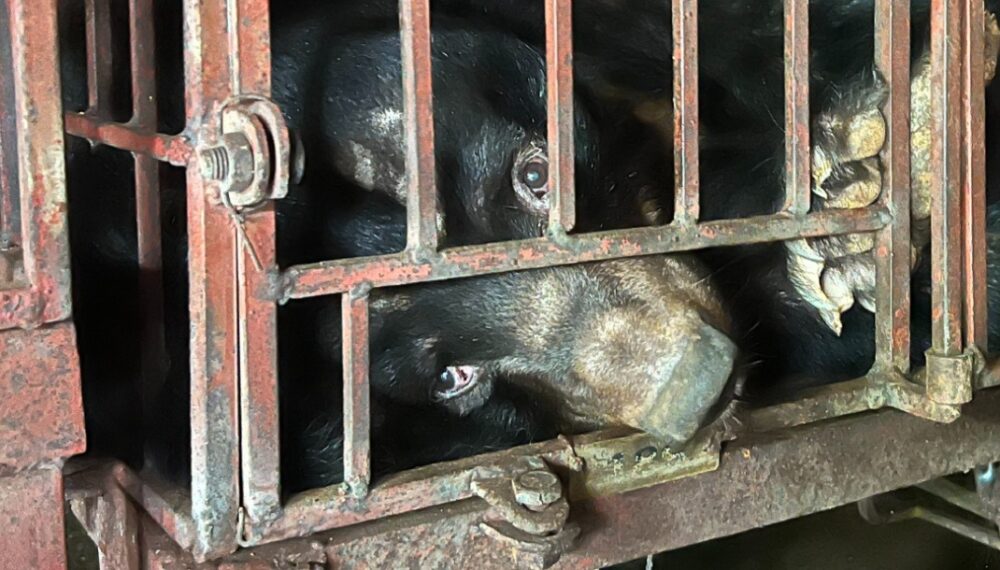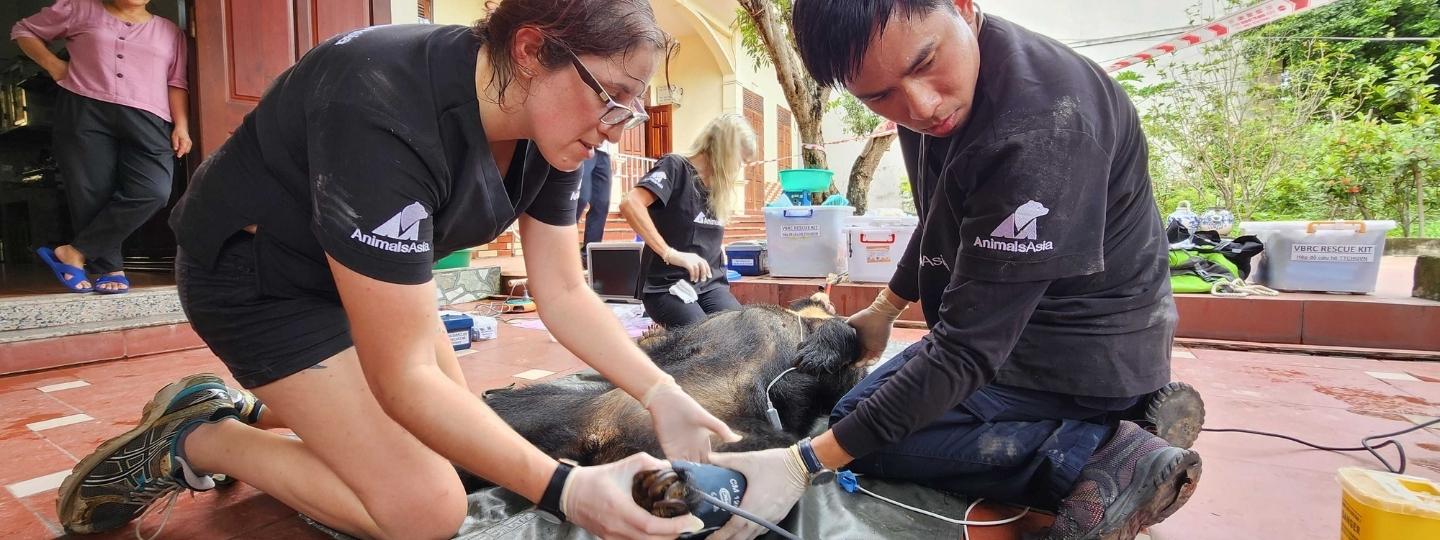
News
Filter by...
-
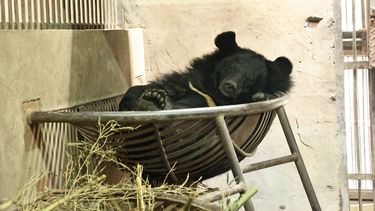
What do bears do on a gloomy day? They get cosy!
At our China sanctuary last week, as the drizzle set in, the bears chose to snuggle up in their dens – safe, warm, and very cosy!
Read more on What do bears do on a gloomy day? They get cosy!
-
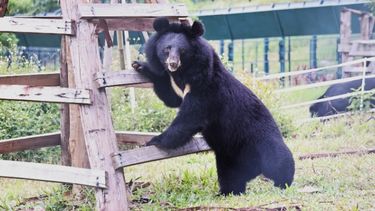
Moon bear finds joy at sanctuary after 27 years in cage
Moon bear Sen’s first steps into the sunshine show just how far love, care and freedom can take a rescued bear.
Read more on Moon bear finds joy at sanctuary after 27 years in cage
-

What we do to the earth, we do to animals
This World Animal Day, we’re reminded how closely our lives are tied to animals and the planet. Every choice we make matters. But by choosing compassion, we can help heal the Earth.
Read more on What we do to the earth, we do to animals
-

Remembering our friend Dr Jane Goodall DBE
Animals Asia mourns the passing of Dr Jane Goodall, legendary conservationist and dear friend, as Jill Robinson shares heartfelt reflections on her enduring legacy.
Read more on Remembering our friend Dr Jane Goodall DBE
-
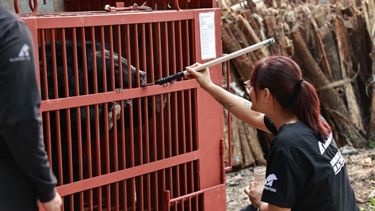

Why rescuing a bear takes time – and why it’s worth it
A powerful video message from Jill Robinson on why each bear rescue takes time - and how decades of groundwork are leading to lasting change in Vietnam.
Read more on Why rescuing a bear takes time – and why it’s worth it
-
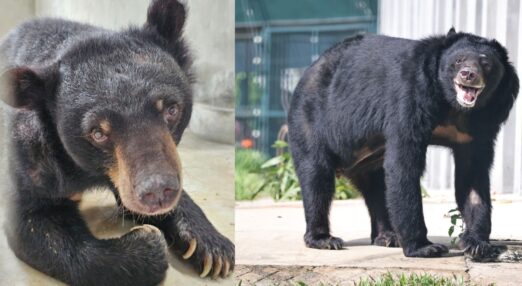
Nova and Lyra – from cobwebbed cages to a final chapter of love
After 20 years in cobwebbed cages, Nova and Lyra were finally freed. Their time with us was heartbreakingly short, but filled with safety, dignity, and love. Their journey reminds us what’s at stake - and why we must bring the last bears in Vietnam home before it’s too late.
Read more on Nova and Lyra – from cobwebbed cages to a final chapter of love
Help us put an end to animal cruelty
Animals are being captured and exploited every day. Animals Asia has helped thousands, but there is always another animal in need of our help. Please donate today.
Donate now